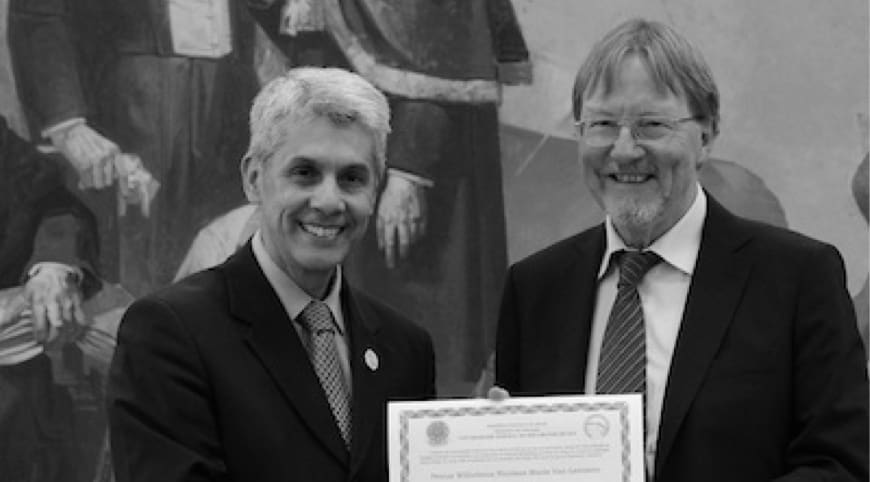Supramolecular trans-Coordinating Phosphine Ligands
We report a new urea-functionalized phosphorus ligand and palladium complexes thereof that self-associate by hydrogen bond formation. The solution studies of a urea-based phosphine ligand {m-[EtO(CO)CH2NH(CO)NH]C6H4PPh2}, 1, and the palladium complex (1)2PdMeCl, 2, show that intermolecular and intramolecular hydrogen-bonding, respectively, is present between the urea hydrogens and the carbonyl of a second urea moiety. Introduction of NBu4Cl to 2 results in the disruption of the self-association and the production of {[trans-(12Cl)PdMeCl]-[NBu4]+}, 3, with an anion-templated, bidentate phosphine ligand system. Although the ligands are hydrogen-bonding to the chloride anion, they remain in a trans configuration about the metal center. If another equivalent of 1 is added to 2, a zwitterionic palladium methyl complex ligated by three phosphine ligands is produced and the chloride anion is abstracted from the metal center into the resulting tris-urea hydrogen-bonding pocket, generating [(13Cl)PdMe], 4. If at -80 °C 13CO is introduced to 2 instead of 1, the chloride anion is once again abstracted into the bis-urea pocket and the zwitterionic CO-adduct trans-[(12Cl)Pd(13CO)(Me)], 5, results. However, upon warming to ambient temperature, CO migratory insertion occurs to generate the acetyl species and the chloride anion migrates back to the palladium center, regenerating a neutral complex. The analogous CO-adduct of 3 could not be produced since the urea pocket is already blocked with a chloride anion, stressing the subtle control the urea pocket exerts over the reactivity of the palladium center.

L. K. Knight, Z. Freixa, P. W. N. M. Van Leeuwen, J. N. H. Reek
Organometallics 2006, 25, 954-960
DOI:
Go to the journal
Associated ICIQ research group/s:
-
RESEARCH GROUP/S
Emeritus Prof. Piet van Leeuwen

Let's create a brighter future
Join our team to work with renowned researchers, tackle groundbreaking
projects and contribute to meaningful scientific advancements



















